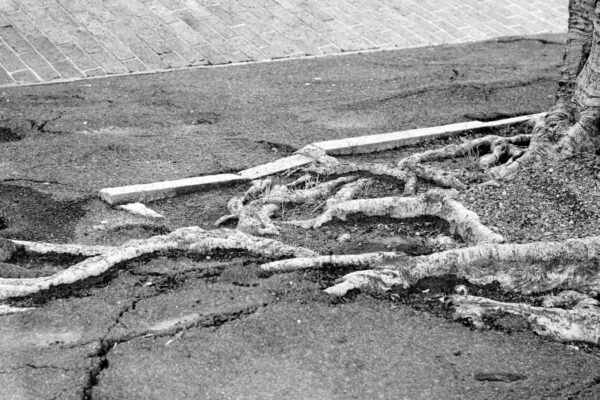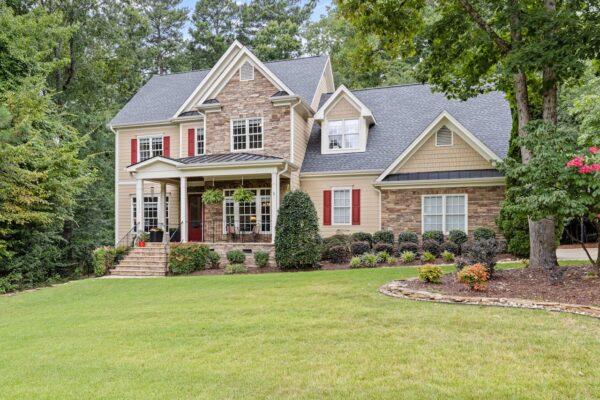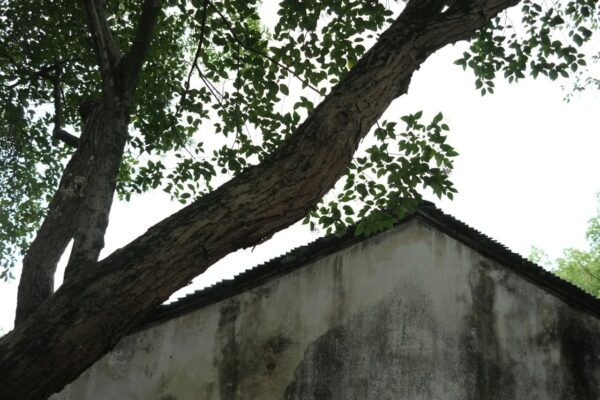When you’re moving into a new home, the trees on the property might feel like a bonus. They offer shade, privacy, and curb appeal. But what many buyers miss is that trees can also pose serious risks. A large oak leaning toward the house, or roots spreading under the driveway, might not catch your eye immediately, but they can quickly become costly problems. Most home inspections don’t cover tree health or safety. That’s why asking for a tree risk assessment is a smart move. It gives you a clearer picture of what you’re buying—not just the house, but the space around it. Keep reading to discover what can go wrong, what to watch for, and how to protect yourself before it’s too late.
Moving to a Greener Neighborhood
Living near trees brings more than shade—it offers a slower pace, fresh air, and a space to unwind outdoors. Whether you plan to take morning walks or host backyard get-togethers, settling into a greener neighborhood starts with smart planning. Therefore, as you prepare everything for relocation, include packing outdoor furniture on your checklist. Clean and disassemble items like patio chairs, tables, and loungers to prevent damage during transport.
Also, gather the right packing materials, including furniture covers, bubble wrap, and sturdy boxes. Pay close attention to fragile parts—wrap them securely to avoid breakage. That way, your outdoor setup will be ready to enjoy as soon as you arrive.
Hidden Dangers Can Cost You Later
While living among trees can be wonderful, some problems may come with it. Many of these issues are hard to spot and often stay hidden until they cause serious damage. Here are some common issues that often go unnoticed:
- A tree that looks fine on the outside could be hollow or rotting inside
- Cracks in large limbs might lead to sudden breaks during high winds
- Roots can grow into pipes, causing blockages or backups in your plumbing
- Foundations and driveways can crack from slow root pressure
- Insurance may not cover damage if the tree was already a known risk
Even a single falling branch can cost thousands in repairs. And if someone gets hurt, liability becomes a serious concern. Taking the time to check for risks now can save you from major headaches later.

Tree roots can crack driveways and sidewalks, leading to costly repairs.
Tree Removal Isn’t Cheap
Cutting down a tree might sound simple, but it rarely is. Removing just one large tree can cost over $1,500—and that’s if it’s easy to access. The price climbs fast if heavy equipment is needed or the tree is near power lines. You’ll also need permits, inspections, or city approval in some areas before removing anything.
A tree risk assessment can help you avoid these surprise costs. It lets you know which trees are safe to keep and which need attention. You’ll go into the purchase knowing what kind of maintenance or removal work might be coming, and how much it could set you back.
Trees Can Affect Property Value
Trees do more than decorate a yard—they influence how people see the property. A healthy, well-placed tree can boost appeal. It adds character, cools the space, and even helps cut energy bills. Buyers tend to notice that.
But if a tree looks overgrown, damaged, or too close to the house, it can send red flags. Potential buyers might worry about safety, future costs, or removal hassle. That doubt can lower offers—or drive them away completely. Even if you love the house, risky trees can chip away at its value.

Trees can boost your property value when cared for properly.
Ask for a Tree Risk Assessment Before You Commit
Buying a home is a big commitment, and you want to avoid surprises. Most buyers don’t realize that standard home inspections often skip detailed tree checks. That means hidden tree problems can go unnoticed until after the sale.
Asking for a tree risk assessment gives you an expert’s view of the trees on the property. The report shows which trees are safe and which might need work or removal. This knowledge puts you in control.
With that information, you can negotiate repairs, ask for price adjustments, or decide if the property is right for you. Waiting until after closing to discover tree issues means you’ll likely face higher costs and fewer options.
Some Tree Problems Aren’t Obvious
Not all tree risks are easy to spot. Even healthy-looking trees can hide serious issues that only an expert can identify. Here are some common problems that often go unnoticed:
- Trees leaning toward the house might look stable, but could fall during storms
- Cracks or splits in the trunk can weaken the tree’s structure
- Decay or rot often starts inside and isn’t visible from the outside
- Dead or weakened branches may break unexpectedly
- Pests and diseases can spread quickly, damaging nearby trees, too
These hidden problems can become costly repairs or dangerous situations if left unchecked. A professional evaluation helps catch them early.

A tree risk assessment reveals whether that tree leaning over your house could become a real threat.
Local Rules Might Surprise You
Many cities and towns have specific rules about what you can do with trees on your property. Some trees, especially large or historic ones, are protected by law. You may need to get permits before trimming or removing them. These rules vary widely depending on where you live, so what’s allowed in one neighborhood might be forbidden in another.
Ignoring local regulations can lead to serious consequences. You might face fines or be required to replant trees you removed without permission. Sometimes, the process to get approval takes weeks or months. Understanding these rules early helps you plan and avoid costly delays. It also ensures any work done on risky trees follows the law, protecting you and your investment.
Think Beyond the House: Protect Yourself From Tree Troubles
When buying a home, focusing on the building is easy. But the space around it matters just as much, especially the trees. They can add beauty and value, but also bring hidden risks that lead to costly repairs or safety hazards.
A tree risk assessment helps you see the full picture. It reveals problems you might miss and gives you the information you need to make smart decisions. This step protects your investment and keeps your new home—and everyone in it—safe.





